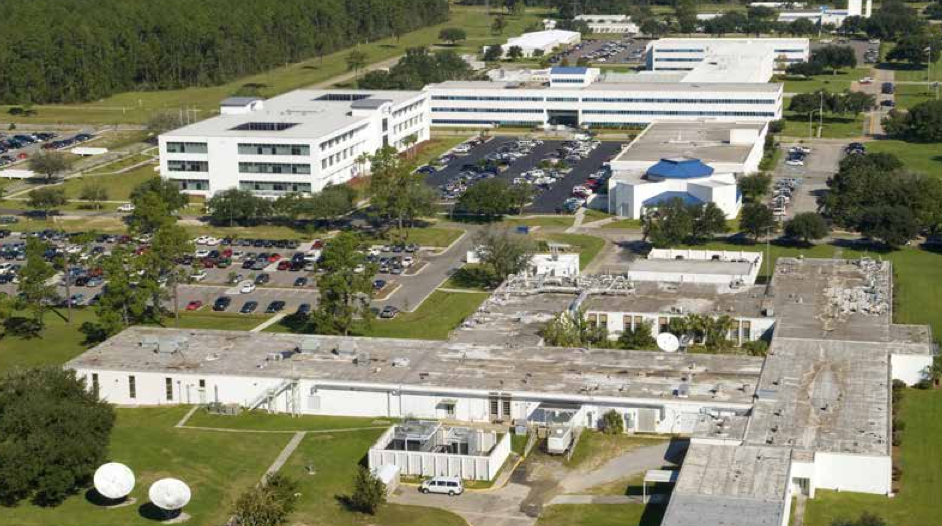Code Green Solutions


NASA's Stennis Space Center
The potential to curb greenhouse gas emissions by reducing energy use in the built environment is substantial. But is mitigation enough to expect of our building design when we can also design for resilience? A new study uses climate data and energy modeling to estimate location-specific building energy use over the next 40 years. The study identifies which strategies best adapt buildings to the projected impacts of climate change.
The Energy Center of Wisconsin studied the impacts of future climate variability on energy consumption, demand and cost at NASA’s John C. Stennis Space Center in southern Mississippi. As NASA scientists and facilities staff attempt to understand the potential impact of climate change on their facilities, they are also interested in exploring various paths to mitigate the influence of these changes.
The study revealed some results that defy conventional wisdom for this particular location:
Under the scenarios tested, annual electricity consumption may increase 4% to 11%, while natural gas consumption may increase 24% to 36% due to colder winters. Peak annual electric demand decreased almost 4% in one scenario and increased by nearly 20% under the worst-case scenario.
Using a building energy model coupled to an optimization program, the Energy Center identified and prioritized the top three technologies to adapt the Stennis campus to projected impacts:
We also identified four secondary strategies:
The study provides direction for long-term facility decisions, allowing staff to plan ahead and make cost effective decisions today that lessen the effect of future climate variations while increasing the resilience of their buildings. The results of this research are specific to the NASA campus and location. However, the approach developed in this study could be replicated for other building types, campuses and communities around the country.
This project was funded by NASA Research Opportunities in Space and Earth Sciences (grant NNX12AG01G). The entire report can be accessed by clicking here.